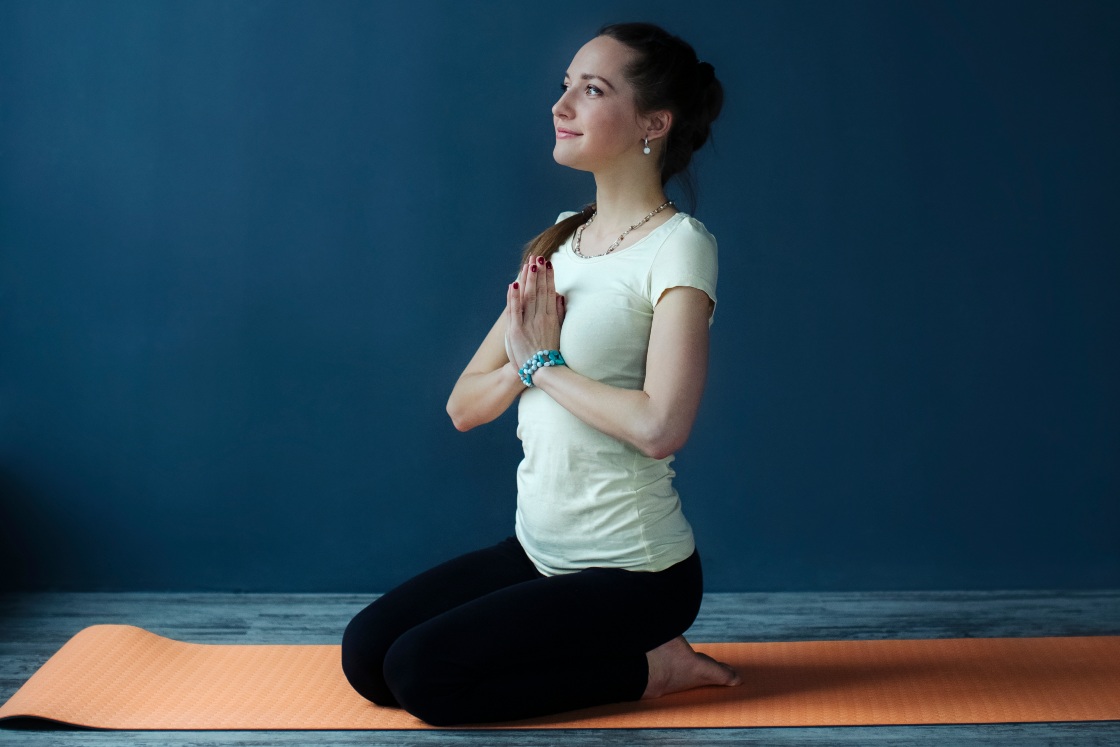Celebrity Hair Colorists Share Their Secrets For Coloring Hair With Minimum Damage
Everything I've learned from coloring my hair for two decades—and talking to the world's top colorists.


mbg Beauty Director
mbg Beauty Director
Alexandra Engler is the beauty director at mindbodygreen and host of the beauty podcast Clean Beauty School. Previously, she's held beauty roles at Harper's Bazaar, Marie Claire, SELF, and Cosmopolitan; her byline has appeared in Esquire, Sports Illustrated, and Allure.com.
Image by Javier Pardina x mbg creative August 21, 2023 Our editors have independently chosen the products listed on this page. If you purchase something mentioned in this article, we may Welcome to the Beauty Breakdown, our series that dives into today's buzziest beauty topics. In each, we focus on a different theme and highlight all the need-to-know basics, common mistakes, and the best products to get your hands on. I’ve been coloring my hair since I was a preteen, which means I’ve been doing so for close to two decades. It all started with a few honeyed highlights I begged my mom to let me get. I first experimented with some at-home boxed bleach that promised ribbons of golden blonde. When that didn’t seem to work, she took me to see a colorist whose salon was in a strip mall just off the highway. A few foils later, I emerged with a few face-framing strips. I was so happy. And thus started my decades-long journey with hair color. I’ve been everything from auburn (in high school) to icy dark brunette (just moved to New York city and landed my first gig at a major magazine) to strips of turquoise blue (for fun in college). At about 25 I started going lighter after a hair appointment in Los Angeles with a top colorist who worked with some of the most iconic blondes in Hollywood. And for the most part, that was my look for years. But then, about a year and a half ago I stopped dyeing it altogether. The upkeep was starting to get on my nerves. I couldn’t stomach sitting in the chair for the several hours it took to highlight my long strands. The strength of my hair was starting to majorly suffer. And honestly, I just needed a break. So I let my roots grow in naturally, revealing a medium-hued brunette with a few wisps of gray. It’s now almost fully my natural hair, with the exception of the remaining highlights at the ends. After my much needed break, I’m ready to start again. I’m keeping the look low-key and minimill-fuss—so I can go months between appointments. Blending in grays would be ideal, but they don’t yet bother me enough to make it a priority. Most of all, the health of my hair is the primary focus. So this is a full breakdown on everything I’ve learned about dyeing your hair—and how you can get the color of your dreams, without sacrificing the health of your hair. 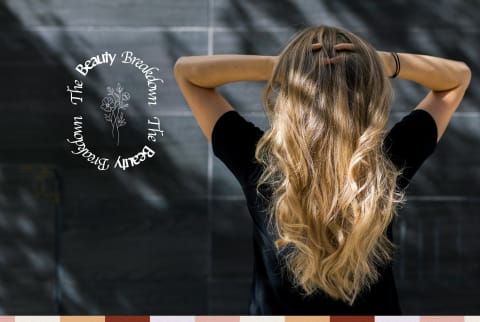
The 101 on hair color
Hair coloring works by penetrating the hair shaft with ingredients that either remove or deposit pigment. As a first step, an alkaline subsistence (usually ammonia, but not always) is applied. The cuticle is the hair fiber’s outermost protective layer. It has overlapping “shingles” that lift up—or what beauty folks refer to as “opening up the cuticle.” When the cuticle is "open," other ingredients can penetrate the hair shaft.
To lighten hair, a bleaching agent (such as peroxide) is used to remove naturally occurring pigment in the hair, resulting in a lighter appearance. To darken or otherwise change the color, pigments are deposited into the hair shaft. These molecules are fairly large so they get trapped and therefore are harder to wash out once the cuticle is closed. Then an acidic conditioner is applied to seal the cuticle shut.
There are many ingredients used in this process. And while hair dyes can certainly be harsh on the hair, modern day formulas have come a long way. They’re not perfect, but they’re also not as problematic as they’re sometimes made out to be. "The hardest part of hair color is the balance between limiting the chemicals that have been found to be problematic and still making sure it's effective," colorist Christine Thompson, co-founder of the hair salon Spoke&Weal, once told me.
She notes that hair dye formulas have gotten much smarter by eliminating or reducing the amount of questionable ingredients1 (such as p-Phenylenediamine [PPD], formaldehyde and formaldehyde-releasing products, and ammonia), so that if they are being used, it’s done so at much lower concentrations.
And there are many different techniques colorists employ when tending to a client. While this is not exhaustive, these are the most common:
7 things we’re getting wrong
As anyone who’s colored their hair knows, there’s a lot that can contribute to a less-than-ideal outcome. Here, some of the most common.
3 must-know tips for hair color
Hair color is very personal, but these tips can be useful no matter your desired outcome!
1.
Find a colorist & salon you can trust
The most important step of them all: Finding the right colorist for you.
This starts with doing research on salons and artists in your area. Google and social media can be search tools to help broaden your scope and let you see what’s available to you, but as Haliti notes, the best recommendations will always be word of mouth.
“I get a few clients from Instagram, but mostly I come recommended from trusted sources,” she says (worthy of note: her regular clients include Olivia Palermo, Sigourney Weaver, and scores of beauty editors, myself included). Don’t be afraid to ask folks who does their color—most are very willing to spill, and at the very least is a huge compliment.
Once you find an artist you’re excited about, have an open and honest conversation during your consultation. A colorist that’s invested in your happiness will be able to educate you on proper technique and care, talk through dye ingredient or formula questions you might have, explain what’s realistic for outcomes, and help you establish a consistent cadence that will be kind to your strands.
“You have to build a relationship with your colorist,” says Haliti. “We are licensed to touch people, and that’s a very sensitive relationship. Even the stylists themselves want to feel like they have a relationship with you: that they trust you and you trust them.”
2.
Utilize a technique that fits your needs and upkeep
Ultimately, the technique and what’s used will be decided by the colorist. (As it should, they’re the professionals after all.) However, being an informed client can help you understand why certain decisions are made and how you can better work with your colorist.
For example, if ingredients are a point of concern for you (be it for health, a sensitive scalp or whatever reason), talk to your colorist about what formulas they have available at the salon. As I’ve noted, modern options are much better for you—and there are many types that use natural extracts, are less irritating, and skip questionable ingredients.
Your colorist can also use specific painting techniques to avoid touching your scalp too much, if you’d prefer no skin contact altogether. “Foils can help keep the color of the scalp,” says Cunningham. “I have a client who is allergic to color, and I’ve done a whole head of color using foils so it never touches the skin.”
Or, if you know you’re someone who stretches time between appointments or wants to be as low-maintenance as possible, find a look that allows for a longer grow-out phase, such as balayage, notes Haliti. “I always aim for less is more,” she says. “My client is someone who wants to look clean, but she doesn't wanna look like she's colored. So how do we make this woman look like she's not officially dyed?”
Another important thing to remember is that hair ages, just like the skin, muscles, and body as a whole. This is a natural part of life! With age, hair might become more dry, the scalp more sensitive, and of course, you might see more grays.
When you start to experience age-related changes to your hair, chat with your colorist about how you should be adjusting your color accordingly. There are many options available for those with graying hair, so don’t be afraid to change and evolve your look as you get older.
3.
Revamp your hair care & styling routine
Chemically processed hair needs to be treated differently than virgin hair—that’s just the hard truth of it. That is because chemical processes (such as color) damage the hair cuticle and alters the cortex, which ultimately makes the hair fiber weaker. So you want to adjust your style and care routine so as not to add insult to injury.
The first thing you’ll want to do is switch to non-stripping color-safe shampoos. Shampoos are alkaline, which lifts the cuticle. This can allow for deeper cleaning, but also fade the color faster or otherwise alter its vibrant hue. Switching to gentle washes will help preserve the color.
And while you’re at it, try and limit the amount of shampooing you’re doing in general: "Some people have been taught to shampoo every time they step into the shower, but you don't have to do that. Shampoo should be a treat,” top celebrity colorist Justin Anderson once told me.
It’s also important that you keep the hair fiber hydrated with deep conditioning masks. Even if you’ve never had “dry” hair before, you may notice it feels a bit more crispy post color. That’s because color processing limits the hair’s ability to hold onto water. Find yourself a rich mask and slather it on at least once a week.
Along with replenishing hydration, you’ll use a bond-restoring treatment to help restore and rejuvenate the hair fiber. “If you are putting highlights in your hair, you need to relink the bonds,” says Cunningham, who says her go-to is Olaplex No. 3 (we feature it below in the product section, so check it out there for more info.)
Last, but certainly not least, protect the strands from environmental stressors. Find a leave-in conditioner with antioxidant properties to help neutralize free radicals and create a protective buffer around the fibers. This is especially important if you do heat styling of any kind, from blowouts to curling wands. Always coat the hair with a heat protectant, which will help keep the hair from turning brassy.
3 bonus steps
Hair color care isn’t just about the in-salon color—it’s about how you care for your hair as a whole, in and out of the chair. Here, how to make sure your color looks its best between visits and beyond.
5 products to try
Products that’ll make your hair shine.
Best shampoo: FEKKAI Technician Color Shampoo
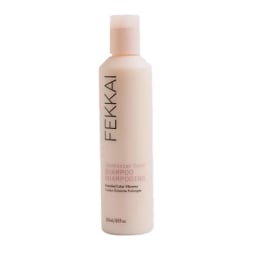
Why we like it:
Sulfate-free, super gentle, and antioxidant richIdeal for any hue, from black to brunette to blondeSoft fragrance with tropical and fruity notesThis color-supporting shampoo uses a special blend of botanicals and extracts to help reduce friction during the washing process—not only will this mean less frizz, but also less fading. It also contains a proprietary complex that protects the hair fiber from environmental stressors (like pollution) that can alter the color.
Best toning shampoo: Moroccanoil Blonde Perfecting Purple Shampoo
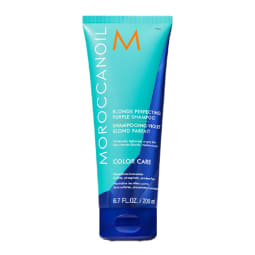
Why we like it:
Sulfate-free, super gentle, and antioxidant richContains argan oil, which can help soften hairAnyone who lightens their hair can benefit from a toning shampoo. Toning products, such as purple shampoos, work to color-correct unwanted undertones. This very vivid violet formula one targets yellow and brassy notes, while gently cleaning the hair. Just don’t do it, as it can end up staining the hair.
Advertisement
This ad is displayed using third party content and we do not control its accessibility features.
Best treatment: Olaplex No. 3 Hair Perfector
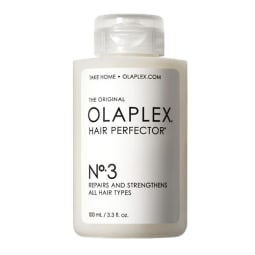
Why we like it:
Can actually help restore (not mask) hair damage In case there’s any concern: the product is now formulated without LiialOlaplex’s innovative and one-of-a-kind technology is proven to relink hair bonds that have been damaged by styling, heat, chemical process, and most notably, color. Cunningham says this is the one product she recommends to anyone who dyes their hair. Use it as a pre-shampoo treatment once a week.
Best leave-in & heat protectant: ColorProof Essential Leave-In
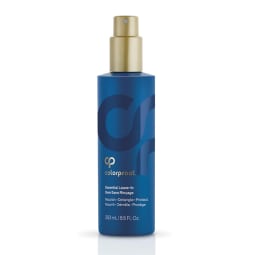
Why we like it:
Heat protection up to 450°FHas a uplifting scent of coconut and lemongrassA heat protectant specifically designed for color-treated hair, this lightweight spray wraps around strands to create an invisible shield of protection. It’s made with ceramides, jojoba oil, and rose oil to nourish and strengthen the strand—plus their proprietary complex that helps preserve color.
Advertisement
This ad is displayed using third party content and we do not control its accessibility features.
Best at-home gloss: dpHue Glossy Glaze
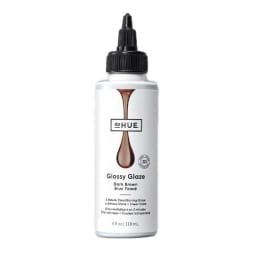
Why we like it:
Comes in 6 diverse shades, including the universally wearable clearLasts up to 3 washesImpart megawatt shine, reduce frizz, and add a temporary color boost with this at-home gloss that you’re sure to love instantly. Anderson’s color care brand, dpHue, makes some of the best products around, and this high-shine treatment is no exception. I use it before any big event for a little boost.
The beauty breakdown
Hair color can be hard on strands—take it from someone who’s both done it all. But as I’ve gotten older, I’ve become smarter with what I do to my hair, what the risks are, how much work I’m realistically willing to put into it, and what makes me feel my best. Here’s everything I’ve learned along the way—with some helpful tips from the best celebrity colorists around. For more full explainers on beauty's buzziest topics, check our other Beauty Breakdowns.

 MikeTyes
MikeTyes 










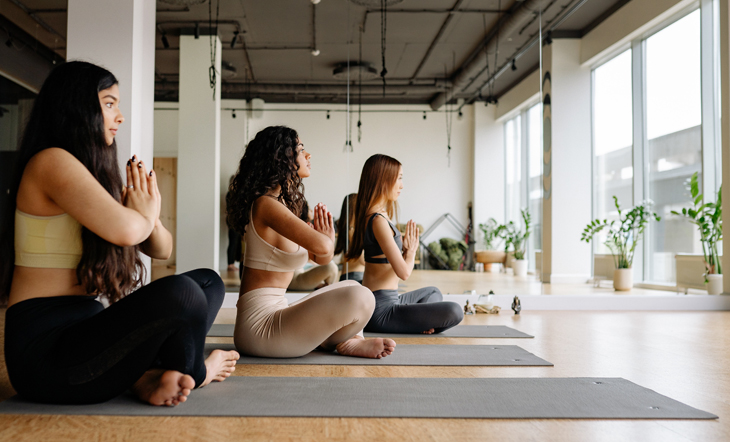












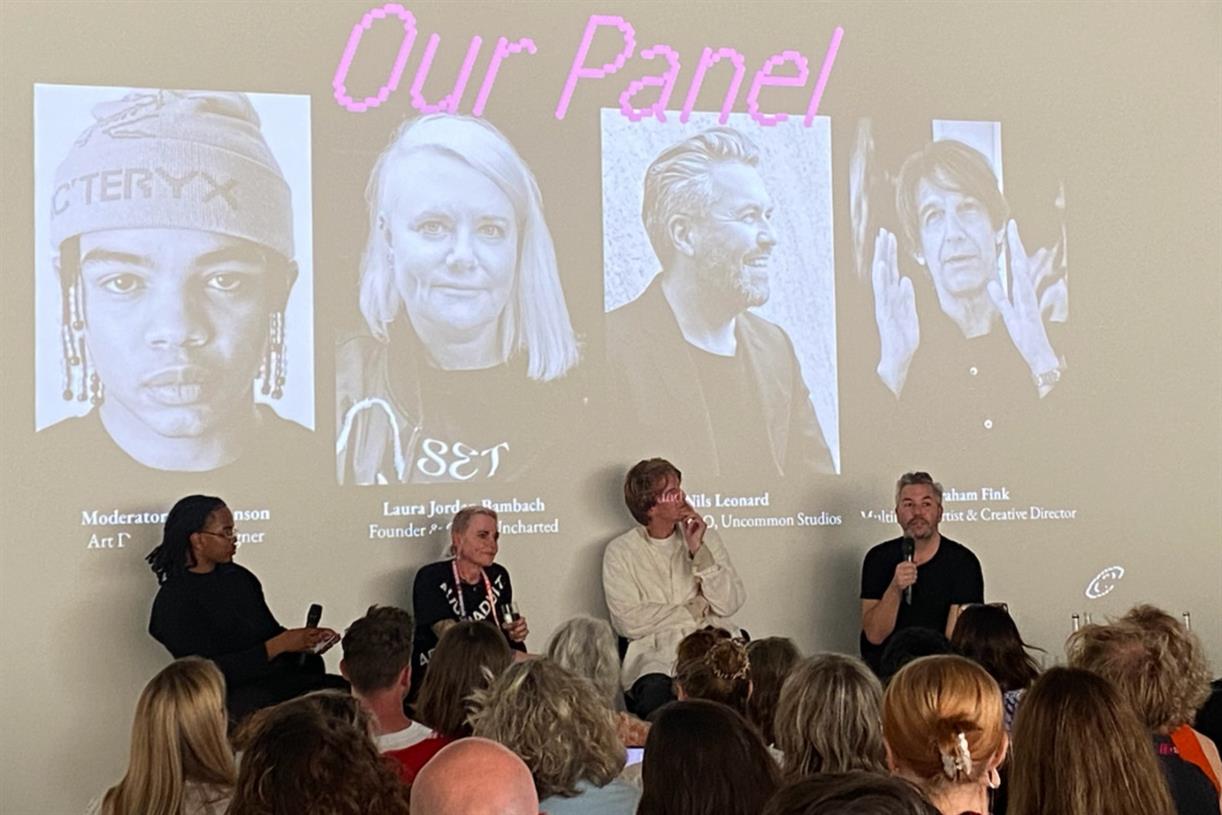



![Is Your SEO Strategy Built for the AI Era? [Webinar] via @sejournal, @hethr_campbell](https://www.searchenginejournal.com/wp-content/uploads/2025/07/6b-240.png)

